TNA to OE Node
Observatori de l’Ebre (OE) is a research institute born in 1904 to study Sun-Earth relationship. We study, analyze and measure the variability of the Earth’s magnetic field and ionosphere.
Located in Roquetes, Catalonia, Spain (www.obsebre.es)
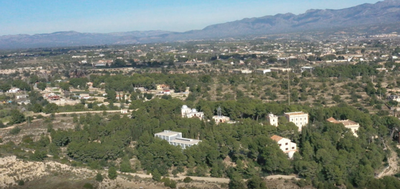
OE team operates a DPS4D ionosonde system, providing routine vertical incidence (VI) and bi-static oblique incidence (OI) ionospheric measurements in synchronous operation with other European DPS4D systems.
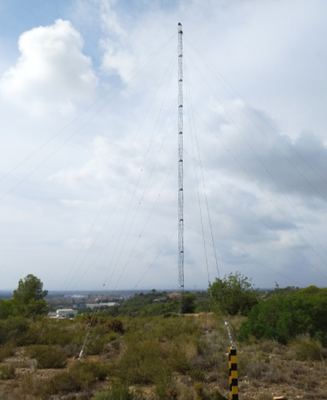
OE team operates another ionosonde (AIS) in Livingston Island (Antarctica) only during austral summer time.
Uniqueness of the node
DPS4D developed and built by Lowell Digisonde International in collaboration with UMass Lowell Center for Atmospheric Research.
The DPS4 monitors the effects of space weather on Earth's ionosphere, supporting communication & navigation satellite operations, and HF and VHF radiowave communication.
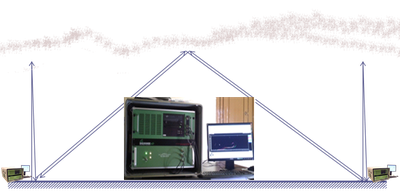
DPS4D operates with:
- Frequency Range:0.5 - 30 MHz (all modes of operation)
- Bandwidth:34 kHz @ 3 dB (theoretical) 42 kHz (measured)
- Output format for autoscaled ionogram and profile data with the URSI approved data exchange format SAO-XML
- Programmable selection of any number of "null" frequencies or frequency bands for which no RF power is transmitted during an ionogram scan.
- Highly flexible scheduling protocols support different research objectives requiring high data sampling cadences and complex series of measurements, as:
- Real-time monitoring of space weather effects.
- Travelling Ionospheric Disturbance Studies Direct TID measurements with vertical and oblique sounding.
Physical measurements:
From the ionospheric echoes: Amplitude, phase, direction of arrival, virtual height, Doppler frequency & spread, ordinary & extraordinary wave polarization identification.
Real-time ionospheric electron density profiles with density error bars for each height; vertical ionospheric total electron content (ITEC); real time classical ionospheric characteristics including foF2, foF 1, foE, foEs, MUF(3000)F2, hmF2, hmF1, hmE, and the IRI parameters B0, B1.
By- and added value products: VI and OI ionograms, skymaps, digsonde drift velocity, ionospheric tilts and directograms refreshed at 5 minutes.
Data Catalogue
- EB040 ionograms since 1955 to present, the longest Spanish Ionospheric database.
- Livingston ionograms since 2005 to present, only for austral summer time.
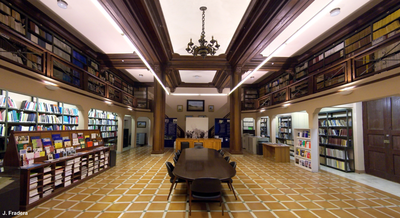
Identification and specification of Large Scale Traveling Inospheric Disturbances:
HF-Int Model, using MUFD data of ionosondes network over Europe, identifies periodicities, velocities and directions of LSTID
Altadill et al. (2020) https://doi.org/10.1051/swsc/2019042
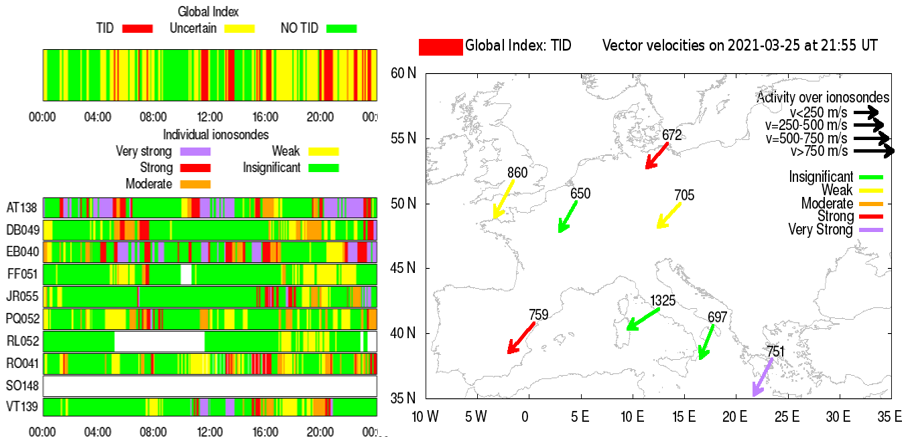
Absorption study effects produced by Solar flare emissions:
Study of the absorption signal observed in the signal noise ratio (SNR) during Solar flare emissions.
Curto et al. (2018) https://doi.org/10.1029/2018SW001927
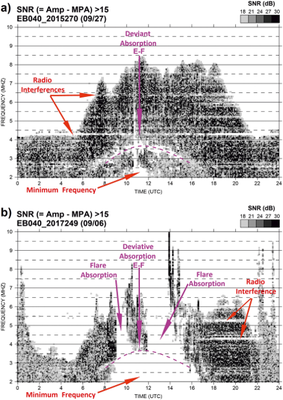
hmF2 Model under quiet and disturbed conditions:
Model of the response of the electron density peak hmF2 to geomagnetic storms in relation to local-time, season and conditions of the interplanetary magnetic field.
Blanch, E. and D. Altadill (2012) https://doi.org/10.1029/2012JA018009
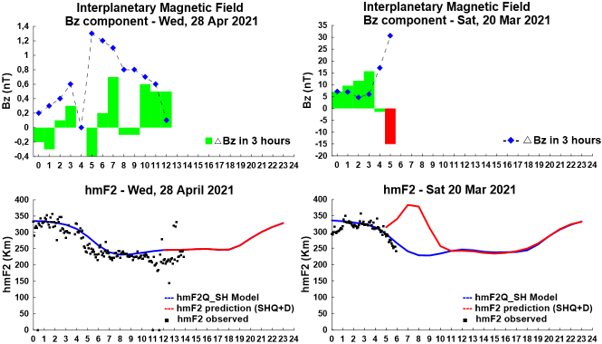
Identification and specification of Plasma Depletions:
Using GNSS receivers, estimation the horizontal drift velocity, the size of the disturbance assuming a flat wave.
Blanch et al., (2018) https://doi.org/10.1051/swsc/2018026

Areas of access
- Identification and specification of Large Scale Travelling Ionospheric Disturbances.
- Identification and specification of Plasma Depletions.
- Retrospective validations of the prototype warning system for monitoring and predicting ionospheric height disturbances related to severe SWe.
- Solar flare absorption effects on Ionograms.
- Characterization of the Ionospheric tilts.
- Characterization of vertical propagation on ionospheric disturbances.
- Scheduling and running specific campaigns of DIGISONDE soundings or experiments, onsite and bistatic to improve ionospheric specification in west Europe.
- HF D2D, NVIS, VIS, OIS
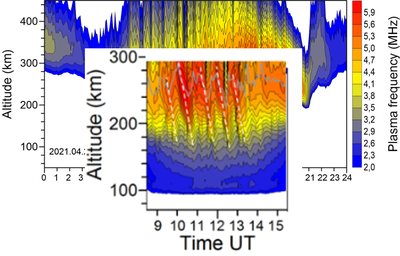
Info
TNA to OE Node info (downloadable pdf file)
Contact persons: Dr David Altadill (daltadill@obsebre.es), Dr Antoni Segarra (asegarra@obsebre.es)
